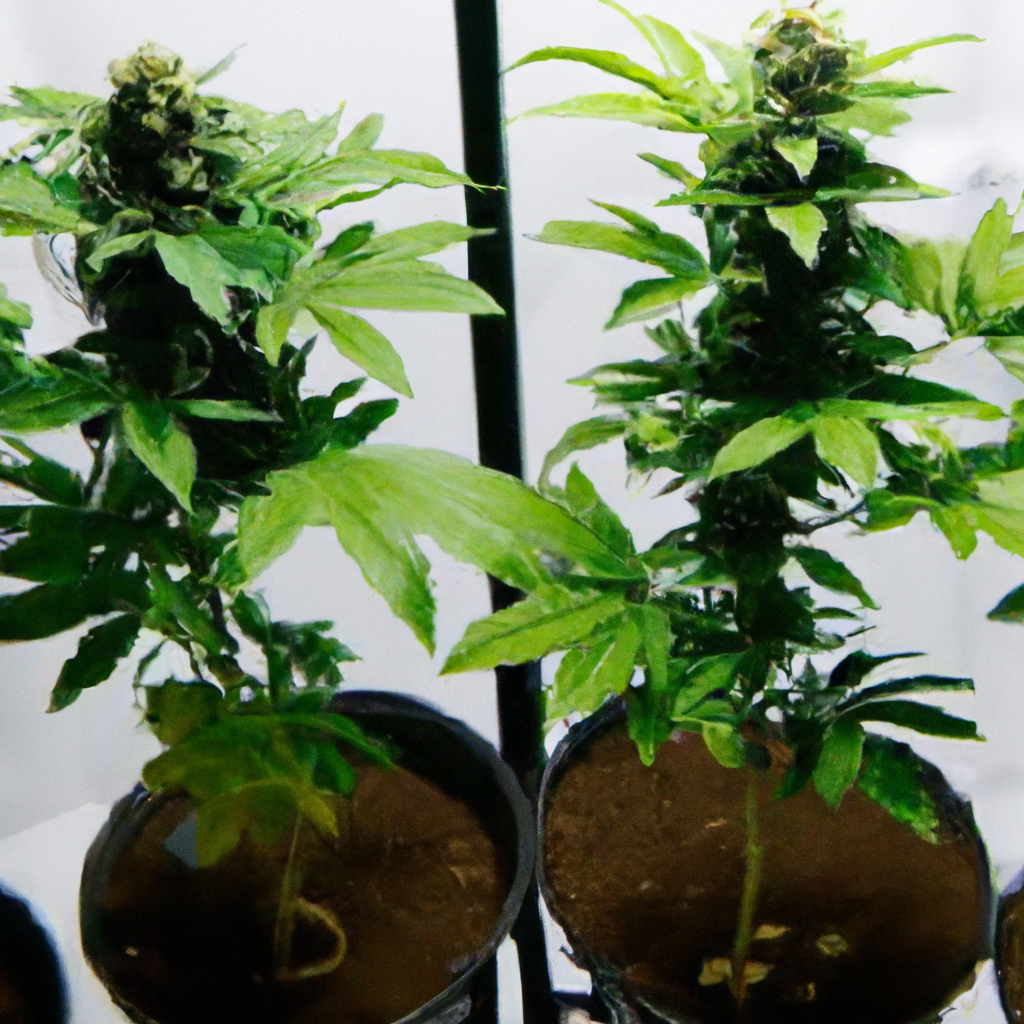Your cart is currently empty!
Introduction
For cannabis cultivators looking to preserve their favorite strains or expand their gardens with high success rates, mastering the art of cloning is essential. This process allows growers to replicate the genetic makeup of a particular plant, offering consistency in potency, flavor, and growth characteristics. In this article, we’ll explore effective cannabis cloning techniques to help you achieve thriving plants.
What is Cannabis Cloning?
Cannabis cloning is a process where a cutting from a mother plant is encouraged to grow roots and develop into a new plant, genetically identical to the parent. This method ensures uniformity and reliability for both beginner and veteran growers, providing numerous benefits such as maintaining strain-specific traits and reducing the time needed for plant maturation compared to starting from seeds.
Step-by-Step Guide to Cloning Cannabis
Choosing the Right Mother Plant
- Select Healthily: Choose a robust, healthy mother plant that demonstrates the desired characteristics such as high yield, resistance to pests, and potency.
- Age Matters: Ideally, the mother plant should be in its vegetative stage, around 8 weeks old, for optimal cloning results.
Preparing Tools and Environment
- Tools Needed: Gather materials including sterilized scissors, rooting hormone, and a humidity dome.
- Cleanliness is Key: Ensure all tools are sterilized to prevent infection and contamination of cuttings.
- Environment: Maintain an environment with high humidity (70-80%) and moderate temperature (20-25°C) for successful rooting.
Cloning Process
- Cutting Selection: Take cuttings at least 3-6 inches long with 2-3 nodes, cutting at a 45-degree angle.
- Rooting Hormone: Dip the cut end into a rooting hormone to facilitate faster root development.
- Planting: Place the cutting in a growing medium such as rockwool cubes or peat pellets, and cover with a humidity dome.
- Lighting: Provide indirect light and gradually acclimate clones to stronger light as roots develop.
Common Cloning Challenges
Despite its benefits, cloning can present challenges. Maintaining consistent environmental conditions is crucial, as fluctuations can lead to issues like mold or weak root development. Moreover, insufficient sterility can cause disease, often leading to unsuccessful clones. Overcome these challenges by adhering to best practices in cleanliness and environmental control.
Conclusion
Cannabis cloning is a sophisticated technique that requires attention to detail and consistency in preparation and environmental control. By following the guidelines outlined above, you can enhance your cloning success, ensuring robust plant growth and maintaining the desired characteristics of your cannabis strains.


Leave a Reply